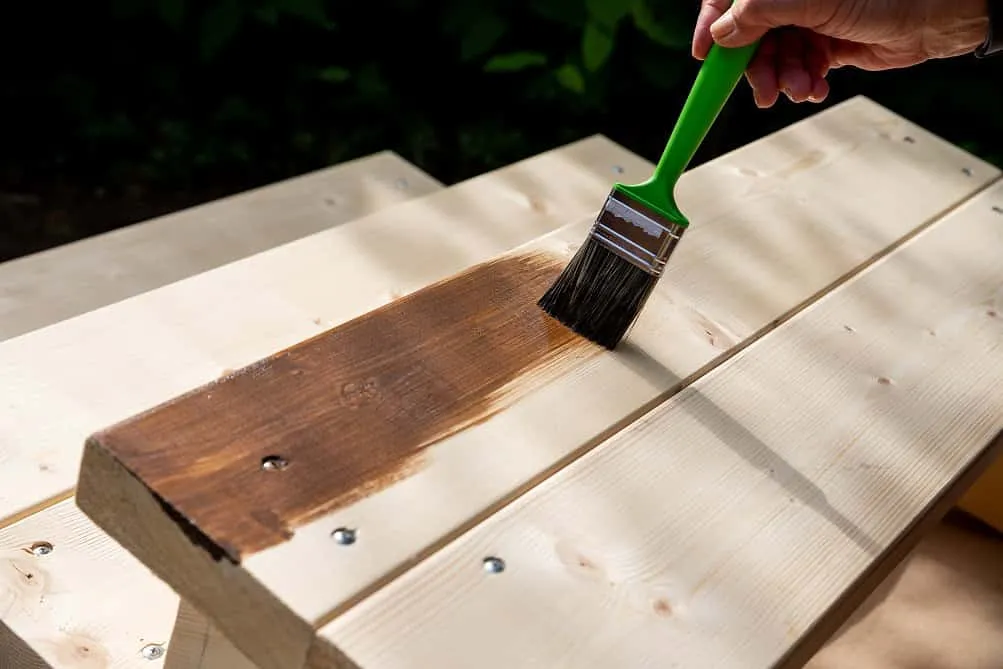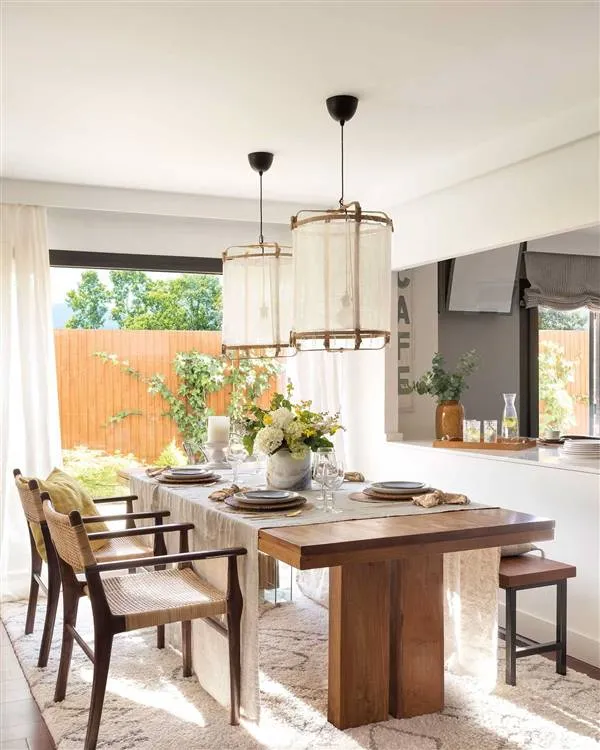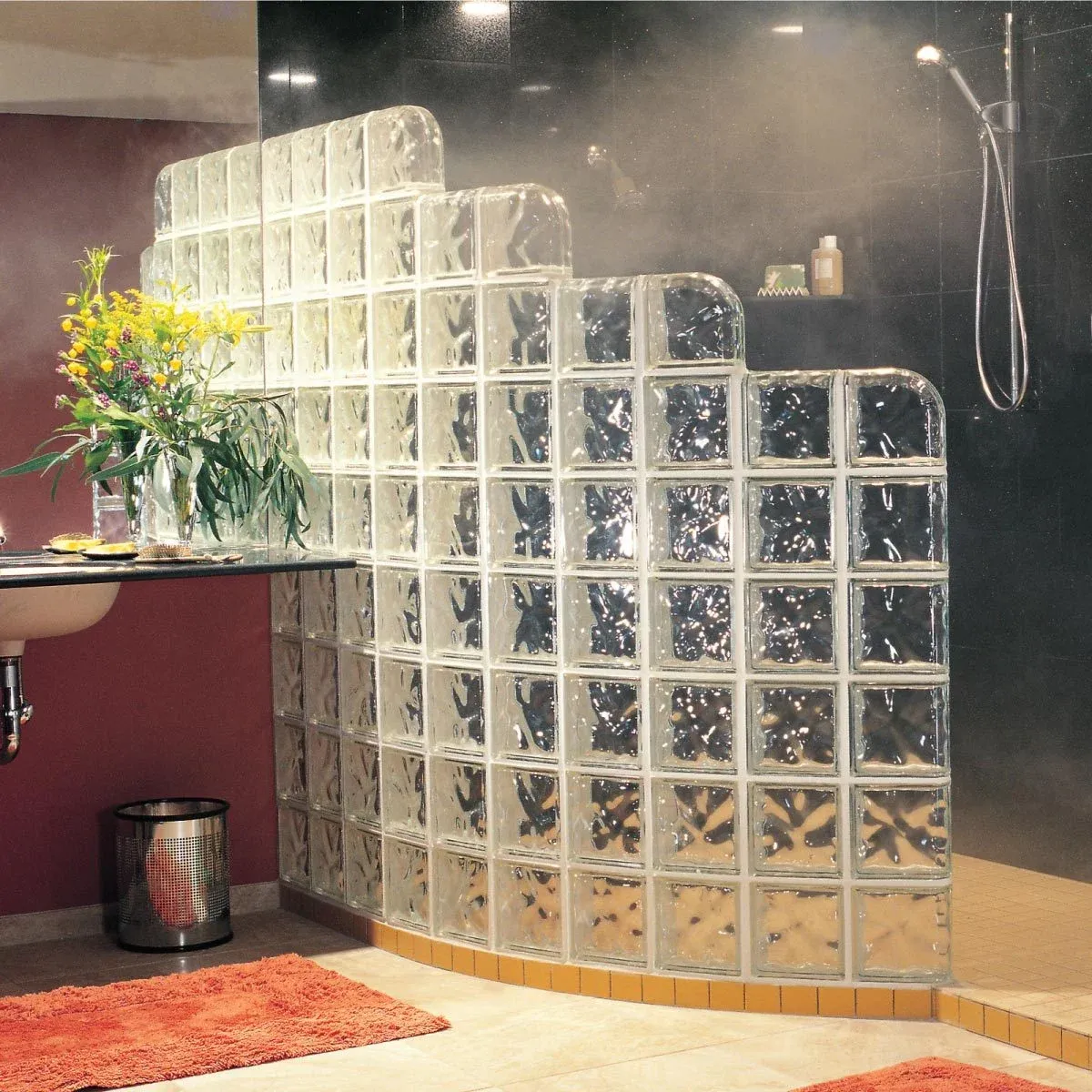There can be your advertisement
300x150
The Most Durable Paints for Wooden Projects
Art allows us to rediscover ourselves and is an excellent way to enjoy free time, whether alone or with children. It brings a sense of achievement and serves as a great stress reliever. At woodhappen.com, we understand the passion of rural artisans, which is why we created this information to answer your questions and help you choose the right paint for specific wooden projects.
Although many think of acrylic paints when they consider artistic painting on canvas, can acrylic paint be used on wood? Absolutely! Acrylic paint can be used on various materials including metal, fabric, leather, paper and any other substance without a glossy or oily surface. Acrylic paint on wood is one of the best ways to work with timber.

Is It Safe to Use Acrylic Paint on Wood?
Water-based acrylic paint consists of pigments dispersed in an acrylic polymer base. As a result, acrylic paint is non-toxic, dries quickly and washes off easily with soap and water. This type of paint is suitable for most kinds of wood.
Acrylic paint is an excellent alternative to many acrylic projects on wooden surfaces for the above reasons. Not only is it easy to apply, but colors are readily available almost everywhere. Since it contains no toxins, it is a great choice for indoor work. It's recommended to prepare the surface before applying acrylic paint for best results.
Wood is cheaper than canvas and has a harder surface, which helps reduce cracking during drying. Properly prepared wood provides an ideal smooth surface for applying acrylic paint.
However, wood is heavier than canvas and if not properly treated or primed, can cause fading and shorten the lifespan of wooden items. Wooden frames may be difficult to craft, and improper work can lead to issues such as cracking. Wood hanging might also be slightly more complex than canvas hanging.
But don't let that discourage you from creating a project with acrylic paint on wood, because there are many options available!
Types of Paint for Wood
You might think all paints are the same; however, there are various unique types of paint that you can use in your wooden project. Learning more about each type will help you choose the right paint for your needs.
Oil Paint:
Many prefer oil paint because it lasts long after completion. When dried, oils create a smooth texture providing you with a good matte or glossy look depending on the chosen paint type. Even better, many oil paints don't require a topcoat to achieve shine.
For the best results, however, you should use quality brushes instead of rollers. For optimal performance with this sometimes temperamental paint, choose one specifically promising to work effectively with oils. With this type, ensure you're painting directly on raw wood or primer as oils don't mix well with any latex bases.
Latex Paint:
Working with latex paint is much easier than oil. Of course, ease of use correlates to less durability and more visible brush marks in the finished item. To reduce the number of noticeable streaks, try adding a bit of Floetrol to the paint.
Consider the texture type you want for your latex coating according to your project. Generally, any gloss or semi-gloss finish does not require a base coat; however, matte or semi-matte types are needed for optimal effect. Latex paints are easily cleaned with soap and water, allowing you to finish quickly.
Water-Based Paint:
Water-based paints are usually found in industrial and large stores because they appear to be the easiest among other paints for projects. No need to pre-treat the wood if it's already coated with oil paint and no concerns about mold or high odor levels. Water-based coatings dry quickly and are often resistant to fading and cracking. Commonly used water-based paints include chalk paint and milk paint.
Acrylic Craft Paint:
You can apply acrylic craft paint to any wooden item, depending on its size. It's ideal for small projects or those with very artistic appeal. Acrylics dry fast and have minimal odor. They come in various colors, finishes and decorative options. For example, acrylic paints can simply be mixed to create custom colors, and they are quite easy to use for creating unique color effects like ombre.
Acrylic art paints are affordable and come in various viscosities to match the scale and width of your creations. You can reuse a brush with this paint if you wash it immediately after use.
Conclusion:
There are numerous types of paint, and choosing the one to use on wood can be challenging at first. Evaluate your work with wood to help make a decision, and you'll pick the paint that will serve daily use and cleaning. Undoubtedly, the best paint delivers the best effect. If you follow these recommendations, you'll get a wooden product that meets your expectations.
More articles:
 Mistakes That Ruin Dining Room Style
Mistakes That Ruin Dining Room Style Common Mistakes to Avoid When Buying Your First Home
Common Mistakes to Avoid When Buying Your First Home Common Mistakes to Avoid When Installing Glass Blocks in Your Next Project
Common Mistakes to Avoid When Installing Glass Blocks in Your Next Project Interior Styles: 20 Ideas for a Transitional House Facade with a Unique Look
Interior Styles: 20 Ideas for a Transitional House Facade with a Unique Look Miyazaki House by Suduko Yamada Architects in Japan
Miyazaki House by Suduko Yamada Architects in Japan M+L House by Domenack Arquitectos in Miraflores, Peru
M+L House by Domenack Arquitectos in Miraflores, Peru MM34 – Mar Mediterráneo 34 | Atelier Inca Hernández | Mexico City, Mexico
MM34 – Mar Mediterráneo 34 | Atelier Inca Hernández | Mexico City, Mexico M'MASTERHALL FORTUNEPOT by LDH Design — Creating Eastern Space
M'MASTERHALL FORTUNEPOT by LDH Design — Creating Eastern Space